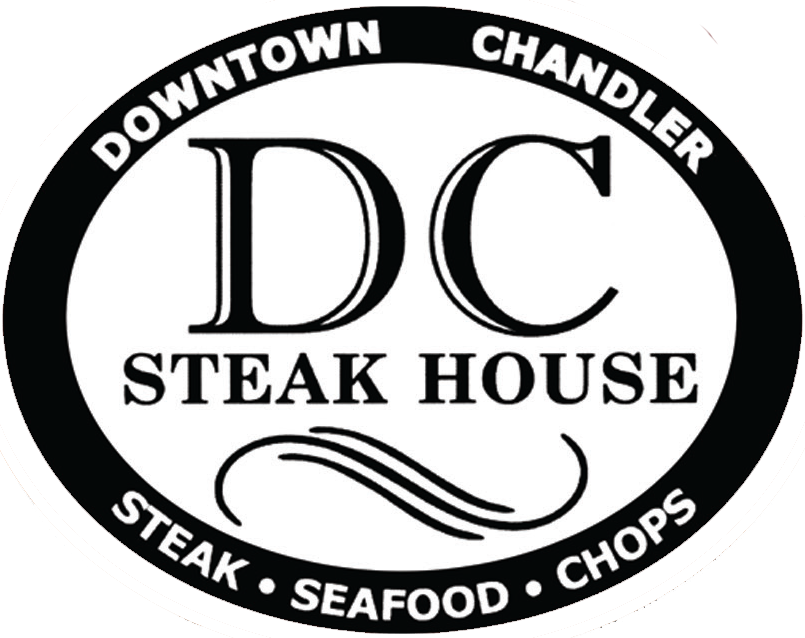Your Guide to Good Steak Marbling
Marbling is a common term used to compare cuts of steak, but what exactly does it mean? At DC STEAKHOUSE, we know steak marbling well, so we’ve put together this guide to highlight the factors that affect a steak’s delicious, robust taste.
What is marbling on a steak?
When you think of a raw piece of steak, the bright hues of red meat and white fat probably come to mind. Those streaks of white create a marbled pattern in the meat, which is where the term “marbling” comes from. Marbling only refers to the intramuscular fat—the fat inside the muscle—not the outer layer of fat around some steak cuts.
Why is marbling important in cooking steak?
Marbling is extremely important in cooking because the veins of fat melt into the meat while it cooks, resulting in a flavorful, juicy, and tender steak. The more veins of fat there are in a cut of steak, the more flavor it will have.
Of course, how a steak is cooked will also affect its flavor. For example, a ribeye is the most flavorful cut of steak, but cooking it well-done drastically diminishes the flavor. Ordering a highly marbled steak rare can also result in less flavor, because the fat is unable to melt.
Good Marbling vs. Bad
Just as marbling differs between different types of steak cuts (filet mignon, porterhouse, etc.), it also varies between cuts of the same type. You can tell the difference between good and bad marbling in steak by looking at the meat’s color and the veins of fat. When comparing raw cuts of steak, choose the one with a lighter color and thinner veins. If the fat is too thick and spread out in clumps, it will result in a much chewier steak.
The USDA evaluates marbling based on the ribeye muscle to determine the grade of the beef from the rest of the animal. Higher grades are more likely to have good marbling. The grading system includes Prime, Choice, and Select:
Prime beef is expensive because it has higher marbling, resulting in a more flavorful steak.
Choice beef is more affordable and still contains a good amount of marbling.
Select beef is the cheapest and lowest grade because it has much less marbling.
Which steak has the best marbling?
There is a big difference between the questions “what steak has the best marbling” and “what steak has the most marbling.” Good marbling is determined by the steak cut, the cattle breed, and the animal’s diet. Ribeye steaks tend to have more marbling than any other steak cuts. Steaks from Wagyu and Angus breeds of beef cattle typically have more marbling than other breeds. Feeding corn to cattle also results in fattier, more marbled steaks. However, more marbling doesn’t always result in high-quality marbling.
The quality of marbling depends on its type:
Fine marbling has an even distribution of thin, light flecks of fat. The juiciest, most tender steaks have fine marbling.
Medium marbling contains larger pieces of fat and a slightly uneven distribution. Medium marbled steaks are less juicy and tender because the thick veins of fat take longer to melt.
Coarse marbling is undesirable due to the uneven distribution of large and thick chunks of fat. Steaks with coarse marbling will have unmelted pieces of fat and inconsistent juiciness and tenderness.
Steak Dinner in Downtown Chandler
Has this steak marbling guide got your mouth watering? Enjoy a fresh, sizzling steak from DC STEAKHOUSE in Chandler, Arizona. Our high-quality marbled steaks are made to order for your satisfaction. Make a reservation with us online or by calling 480-899-4400 today!
Images used under creative commons license – commercial use (6/8/2022). Photo by Edson Saldaña on Unsplash
